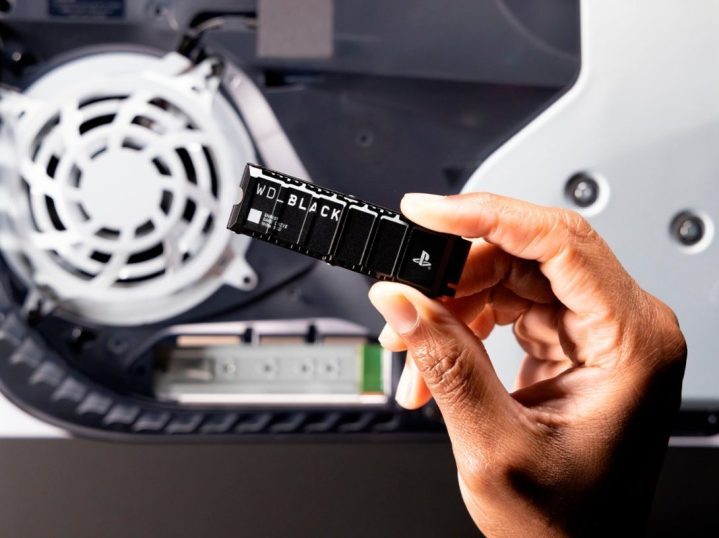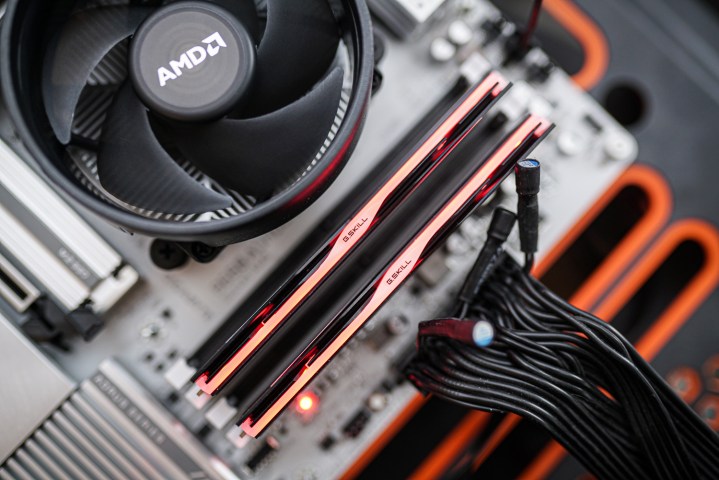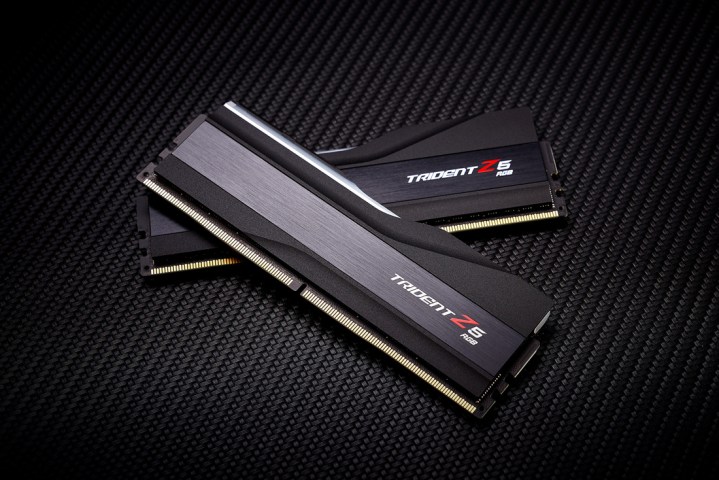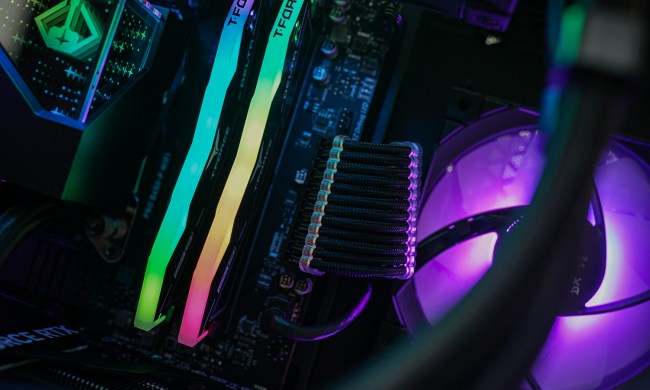
SSDs and RAM are two major components of a modern PC, whether it’s a desktop, laptop, tablet, or portable games console. They do very different jobs, but work well together to make the latest generations of PCs and laptops feel fast, snappy, and responsive.
If you’re new to PCs, though, it’s easy to get these acronyms mixed up. Here’s what the two components are and why it’s so important to know the difference.
What is an SSD?

A solid state drive, or SSD, is the main long-term storage drive in most modern devices — with the exception of the super cheap or the super portable. They store the operating system, all your apps and games, and any files, folders, and other data you have. It’s a modern version of the classic hard drive, but uses newer technologies that enable far greater performance.
SSDs use flash memory to store the data in a similar fashion to RAM, but where RAM is volatile memory — that is, the data is destroyed when it loses power or the system shuts down — SSDs are a non-volatile solution, so they retain your data whether they’re powered on or off.
SSD can access their memory cells in parallel, though, so they can be far faster than traditional hard drives. Older SATA hard drives can handle sequential read and write speeds of around 550 MBps, while the latest NVMe SSDs can reach as high as 14,000 MBps. Their random access times are also far faster, which is what gives modern PCs their snappy and responsive feel.

SATA SSDs use a SATA power and data cable connection, while NVMe SSDs plug into their respective M.2 slot on your motherboard. They can come in different lengths and form factors, depending on the device they’re designed for.
What is RAM?
Random access memory, or RAM, is often also called memory and is a temporary storage medium for your data when your CPU or other components need fast access to it. It’s an essential component in just about every modern device, no matter the size or shape. In some instances, it’s built into the processor itself, or soldered to the motherboard, while in some laptops and most desktop PCs, it’s replaceable and upgradeable.

When a component needs access to data on one of your storage drives, your processor will move that data to the RAM so that it’s more readily available. RAM is many orders of magnitude faster than even the fastest SSDs, and without it, applications would be far less responsive.
RAM comes in a range of capacities and speeds, as well as generations. The different generations of standalone memory sticks have different power requirements and are built with different sockets so that you can’t use the wrong memory in the wrong system.
Should you upgrade your RAM or SSD?
If you’re trying to make your PC run faster and think you need to upgrade your memory or your storage, there are some ways you can figure out which would be the best to invest in.
If you’re running out of space for your games, applications, or videos, photos and other general files, then you need a bigger or additional SSD. If your PC or device can support multiple SSDs, then you can just install an additional one. You can have someone do it for you if you’re not sure how, or you can follow along with our guides on how to install an SSD or how to install an SSD in your laptop.
Whatever kind of SSD upgrade you’re considering, though, be sure to check out our how to buy an SSD guide for the latest tips on getting the most for your money.

If you find instead that your system is sluggish when you open lots of browser tabs, find games aren’t running properly or at all, or that the PC just feels sluggish when things get busy, you probably need more RAM. Check how much you might need before upgrading, but generally you’ll be looking to upgrade to 16GB if you have less than that already, or at least 32GB otherwise.
For more help on upgrading your memory, check out our guide on how to buy RAM. It’s one of the most affordable and straightforward upgrades you can make to a PC or laptop. If you’d like to give it a go yourself, here’s how to install new memory sticks.



